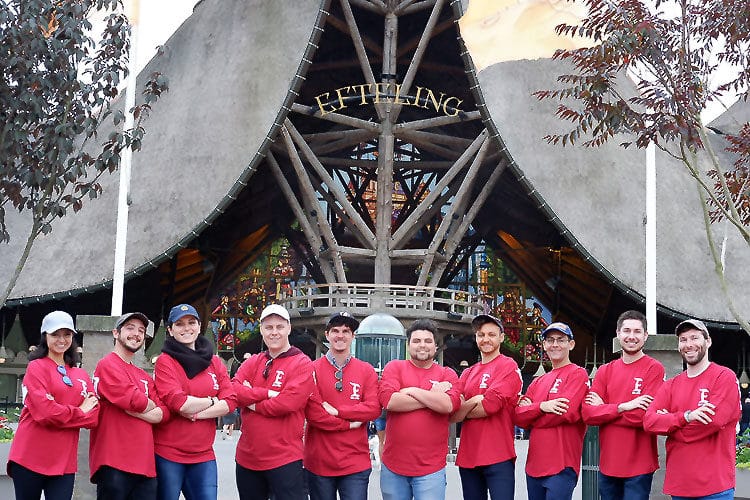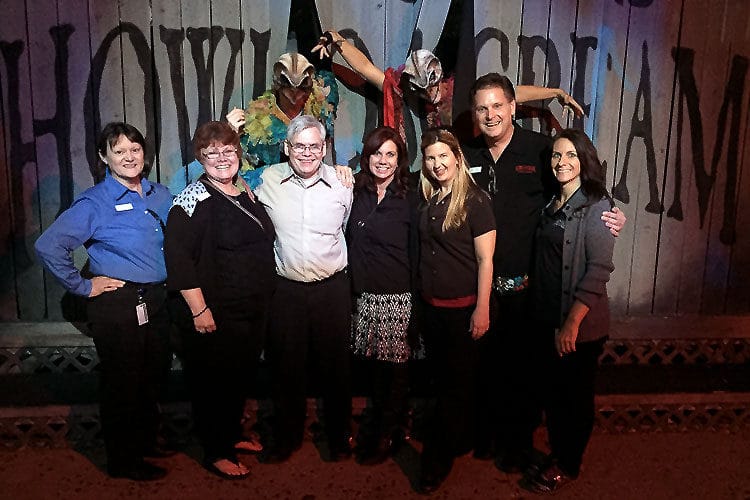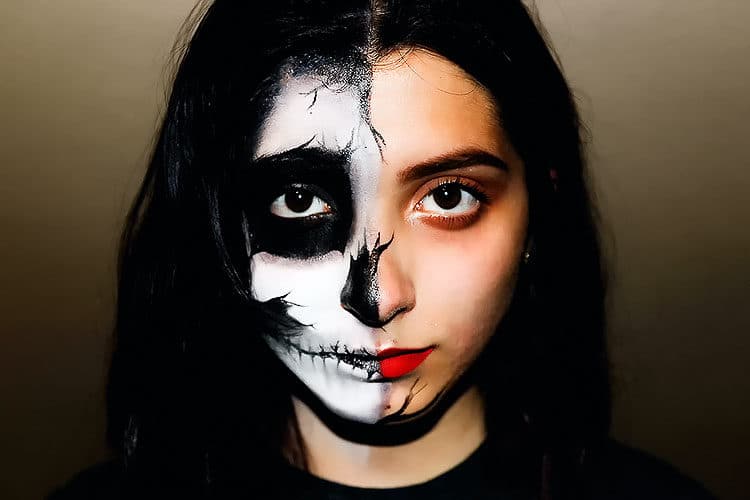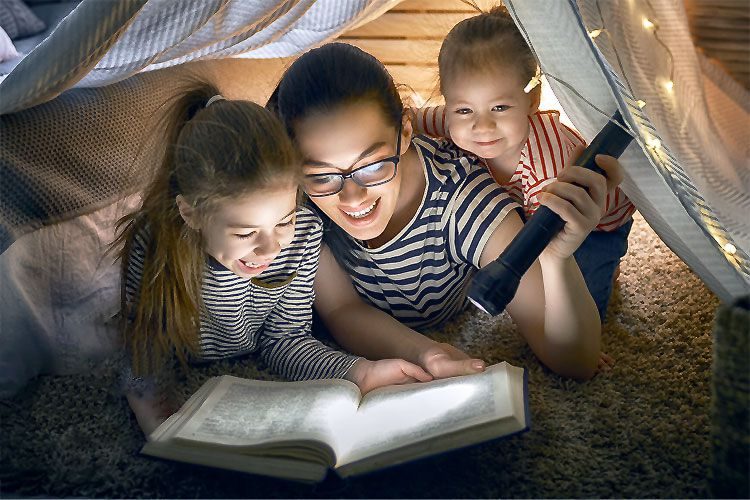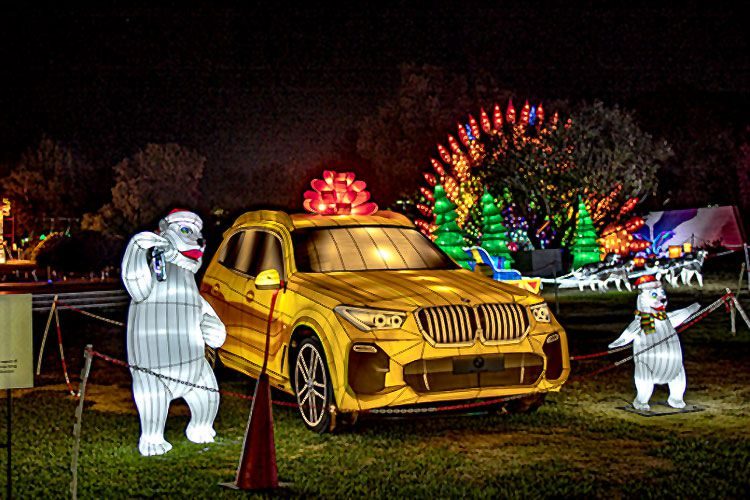Use a synchronized moment, shared struggle, and meaning in your Seasonal Attraction to engage guests
By Robbi Lepre
Entertaining the guests is our goal as attractions industry professionals. I’m sure you’re great at captivating guests or you wouldn’t be reading this. However, what happens when the guest leaves your property? They forget. The world swallows them up. How can you strengthen the guest’s memory of your world against the onslaught of everyday distractions?
The focus of last year’s Leadership Symposium discussed the four components of crafting memorable experiences—Elevation, Pride, Insight, and Connection. I discussed connection during my presentation, and I’ll recap for you what I talked about in this article.
Adding elements of connection to your attraction makes the guest’s experience both more memorable and higher quality. Because connection involves active listening and feedback, it improves the quality of the experience. Taking the pure business perspective for a moment, we know that higher-quality and more memorable attractions make more money. Why? These increase top-line revenue, because guests spend more through repeat visits (memorable experience) and upsells (quality improvement).
So, if adding connection opportunities is so effective, why doesn’t everyone do it? You can’t force connection. Connection must occur through interactions among people. However, you can adjust attractions to enhance opportunities for connection. Adjusting your attraction to facilitate connection is what this article is all about.
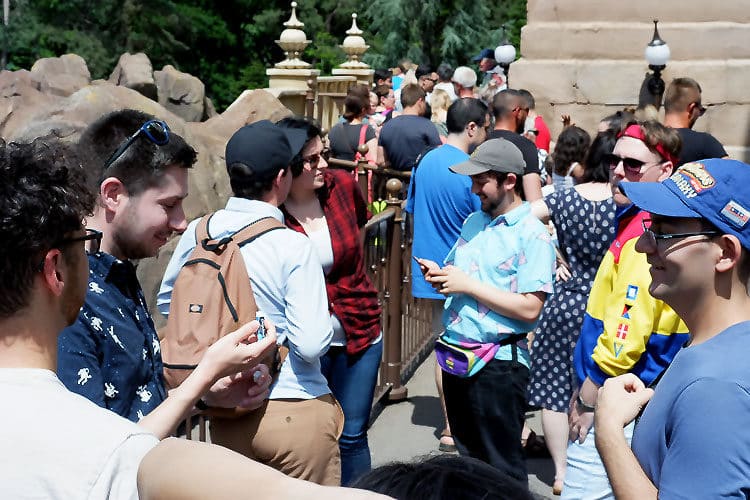
What is Connection?
People feel connection to one another when they interact or share an experience. This is vague, yes, but connection happens everywhere. Connection happens when you complete an escape room and while you’re waiting to unload from the roller coaster. Connection is present in the guilty glances of churro sharing and in awkward queue conversations. Tweaking elements of the attraction makes connection more potent.
There are three elements involved in achieving connection:
- The synchronized moment
- A shared struggle
- Connecting to meaning
The synchronized moment refers to an experience shared by everyone that heightens the emotional impact of that experience—like watching the Super Bowl with friends. A shared struggle bonds people. A team working together to navigate an escape room is a perfect example. Connecting to meaning is accomplished by instilling a sense of purpose into whatever the activity is that the group is doing.
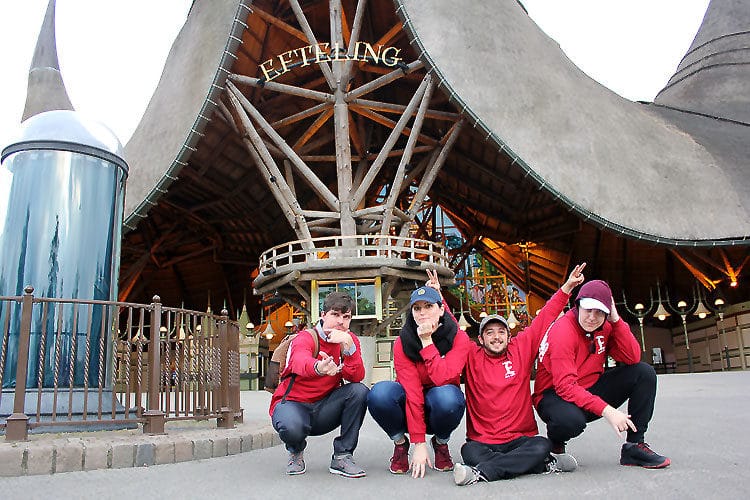
The Synchronized Moment
The first means of connecting is through the synchronized moment. A synchronized moment is a significant moment we share as a group. This could be anything from a finale at the end of a show to a wedding or graduation ceremony. When we design for connection experiences, the synchronized moment becomes essential, because that’s what will be memorable. We all remember the flash mob. We all remember the times when everyone experienced something extraordinary at the same time.
You plan synchronized moments. Create a situation in which people gather and connect. You want to orchestrate this moment in such a way that it’s memorable for the people attending. That’s why these group moments are ritualistic. They’re bigger and broader and better than what an individual could experience alone. Everybody won’t see it from the same perspective, but the moment is experienced, as a group, in a synchronized period, and that’s the beginning of connection when you’re designing for a memorable experience at an attraction.
The moment may be when guests are receiving information at the front of the queue line before they board a ride vehicle or at the pre-show of an entertainment experience or any situation where they experience something together.
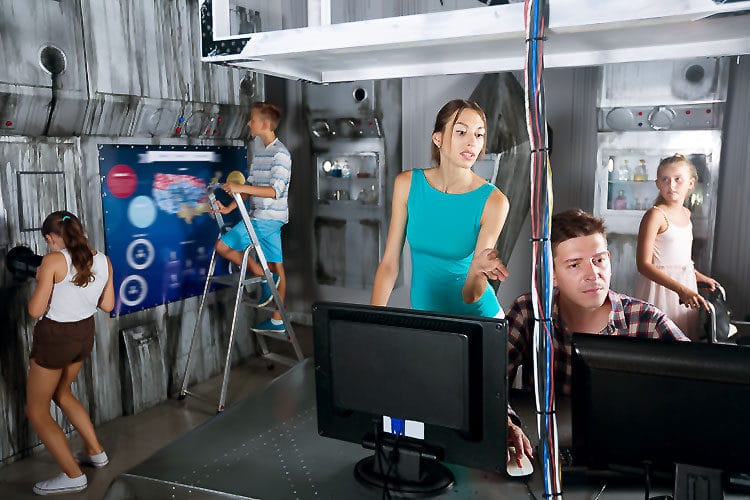
The Shared Struggle
When you go into an escape room with your family or friends, you have a synchronized moment, because you’re all part of a group. You’re given instructions, told what to do, and you understand the challenge. The sense of shared struggle evolves from whatever the challenge is—finding your way out of an escape room, avoiding hordes of marauding zombies, or making your way through a scavenger hunt. These are all shared struggles, i.e., challenges faced as a group. Part of the shared struggle is the shared vulnerability among the people in the group, and that helps to build connection.
A good example of a shared struggle happened to me a few years back. For a team-building session, my team and I went to Sleuth’s Dinner Theater, which is a mystery dinner theater in Orlando. Each course of the meal has an accompanying entertainment, and we’d just finished the first course. I noticed the person sitting behind me—an older gentleman—was acting a little odd. Before I knew it, he was face forward into his salad plate. Each member of my team jumped up and began addressing the situation. Within six minutes of me calling 911, the EMTs had the gentleman loaded into the ambulance and on the way to the hospital. We moved our table back into place, and the show resumed. My team and I continued as planned for the rest of the evening.

My team knew how to react in a situation like that, and it became a shared struggle. It was memorable not only for our team but also for the audience. Every single person, on their way out the door that evening, complimented us. We made a big difference, not only for the gentleman who was ill but also for the people who were there that night.
We’ve all experienced shared struggles in school, when starting a new job, or at a training program that’s designed to build connection with the people we’re going through that experience with. Everyone is working toward a common goal or a common understanding, and that creates a special bond.
As you’re developing attractions or developing components of your attraction, build in the opportunity to challenge your guests and require them to work together as a group toward a common goal. This is a natural thing to do in a haunted house, but with any attraction or show, having that shared struggle helps connect guests to the attraction, to one another, and to the experience they’re going through. Uniting to address that shared struggle makes a huge impact and one that people will remember.
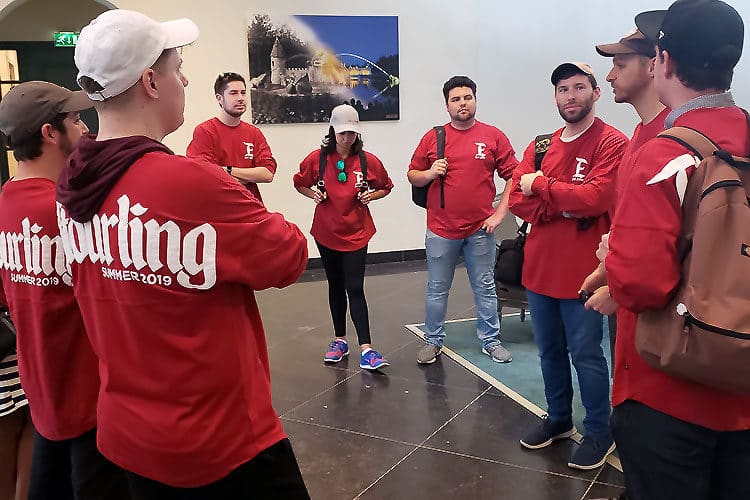
Connecting to Meaning
The third component of the process of connection is connecting to meaning. When we connect each person to the meaning of what it is they’re doing, it makes an impact. When we make it personal, that allows the individual to understand, empathize, and relate. Here’s an example: When nurses assembling surgical kits met the caregiver who would use the kits, the nurses worked 64% longer and made 15% fewer errors. Connecting the nurses to the meaning of their work resulted in increased productivity.
The other day, I was watching the “Good Day, Tampa Bay” segment on a local television channel. The segment was on Shriners Hospital in Tampa. Shriners does some amazing work, and they were opening a new suite for children. Because it was the opening day, they’d done up the new waiting area and treatment rooms in a pirate theme. They brought in several Shriners as part of these opening-day ceremonies to meet with some of the children. Following that, the Shriners were taken to the orthopedic ward and shown how prosthetics were manufactured. Using molding processes, latex, and 3D printers, the high-polymer plastics used to manufacture limbs had been themed with Star Wars or unicorns or whatever would interest children. They could do any vacuform for those parts to make the children feel more comfortable with their prosthetics. When the Shriners came in, witnessed that process and all the steps involved, and saw the look on the children’s faces as they were being fitted with their prosthetic, that created a powerful connection, because they understood the meaning.
When you connect to the reason behind what you’re doing, it makes a memorable impression. People remember the “why” long after they’ve forgotten the details of what took place. When we design for understanding of what we’re doing, who our audience is, and why they’re there, it adds value to that relationship. Those ideas and experiences are strengthened through that understanding, and it creates that bond of connection.
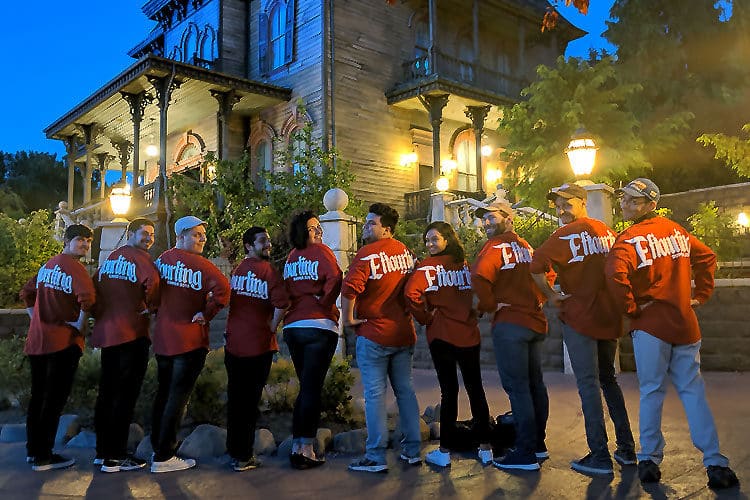
Summing Up
We’ve talked about connection and the three components of that—the synchronized moment, the shared struggle, and connecting to meaning. I’d like to wrap up by telling you about one last experience. For over 20 years, I did a telethon for All Children’s Hospital, which raised more money than any other telethon for the Children’s Miracle Network in the US. It was the largest of the telethons, and it was, in every way, a shared struggle.
One organizer of that was a composer named Joel. Every year the telethon had a new theme. The marketing and branding campaign was built on the chosen theme. At the initial meeting for the telethon each year, Joel shared the jingle for that year’s telethon. These were always heartwarming. The telethons were something we all connected to, because they benefitted ill children. We were raising money so this hospital could provide services of every variety. As a mother, you connected, because you realized it could be your child in the hospital one day or the child of your friend or family member. This motivated us to make sure that what we were working on would raise as much money as possible. It was a shared struggle—it’s difficult to put on a telethon—and that creates one of the strongest kinds of connection.
After the initial meeting, they set all the other components of the production in motion—everything from where the telephones would be installed to bringing in children to talk about their stories on the air. It was a positive, memorable experience, not just for the people involved but for the live audience that was there with us in the park for three days and the hundreds of thousands of people viewing the telethon at home. We raised millions of dollars each year.
Those connections remain, not just with the people who worked on the telethon but with so many of the kids that were part of it. Sometimes, they now involve the children of those kids with those telethons. That’s the power of connection.
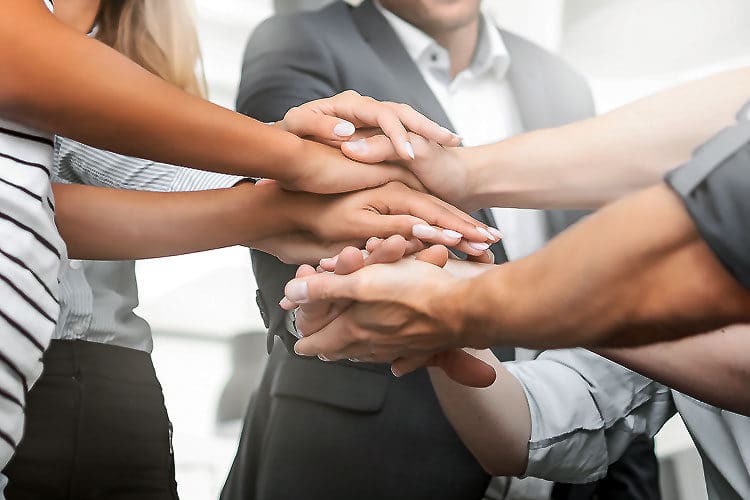
Key Takeaways:
- The four components of crafting memorable experiences are Elevation, Pride, Insight, and Connection.
- Top-line revenue is increased as a result of guests spending more through repeat visits (memorable experience) and upsells (quality improvement).
- You can’t force connection. Connection must occur naturally through interactions among people. However, you can adjust attractions to enhance opportunities for connection.
- There are three elements involved in achieving connection—the synchronized moment, the shared struggle, and a connection to meaning.
- The synchronized moment refers to an experience shared by everyone. The moment occurs in a synchronized period.
- The sense of shared struggle evolves from a group working through a challenge. Build in the opportunity to challenge your guests and require them to work together as a group toward a common goal.
- Connecting to meaning is accomplished by instilling a sense of purpose into whatever the activity is that one is doing. People remember the “why” long after they’ve forgotten the details of what took place.
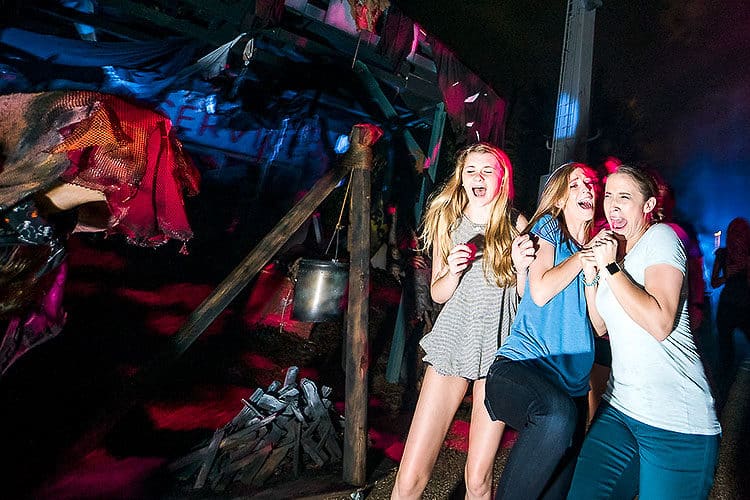
Quiz Yourself:
- Envision your favorite attraction. What moments of connection do you remember? Does that moment involve any of the things discussed in this article?
- Does your attraction offer natural connection elements? If so, how could you enhance those elements?
- Think of the largest entertainment piece at your attraction. How can you enhance the moments of connection involved?
- Do you “connect to meaning” with your staff? Does staff understand how they impact the guest and why that matters?
ABOUT THE AUTHOR
Robbi Lepre
Robbi Lepre is the retired Director of Theatrical Services at Busch Gardens Tampa and is the recipient of the 2018 Lifetime Achievement Award from the Haunted Attraction Association. She has more than 40 years of theme park leadership experience at Busch Gardens Tampa as entertainment department director, project manager, technical director, and producer for award-winning live shows and events. Busch Gardens Tampa’s Howl-O-Scream event named by HauntWorld magazine and Haunted Attractions magazine as one of the best-haunted theme park attractions in the country. Contact Robbi here: [email protected]
